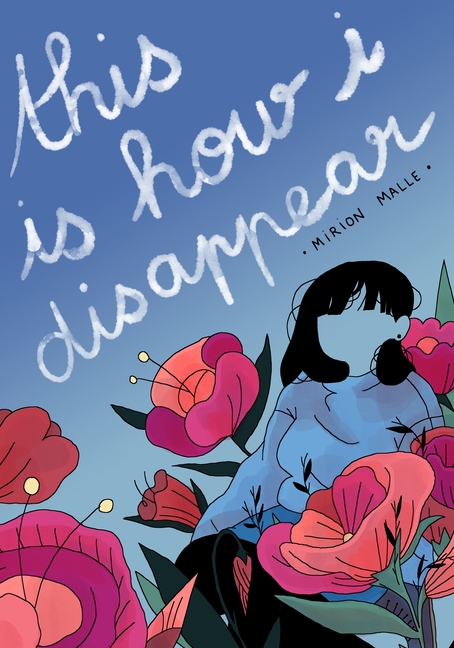The portrayal of depression often focuses on an artistic and sensory depiction of the struggle, which This is How I Disappear does vividly, but it goes several steps further into showing not only the struggle but the breakthroughs ... Malle...presents a narrative that is as educational as it is dramatic. Her zine-style art presents the feelings well, giving ample space for pacing in the panels that are not cartoony but also not hyper-realistic as to weigh down the emotional appeal. Certain spots of heavy inking, such as the characters' heads and clothes and the cell phone serve as black holes that seem to slurp up the energy of the page ... Rather than wallowing in misery...This is How I Disappear shows that all is not dark.
Read Full Review >>

